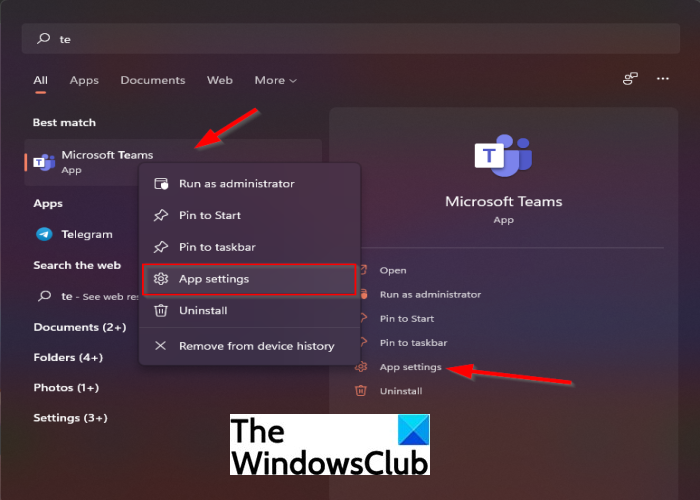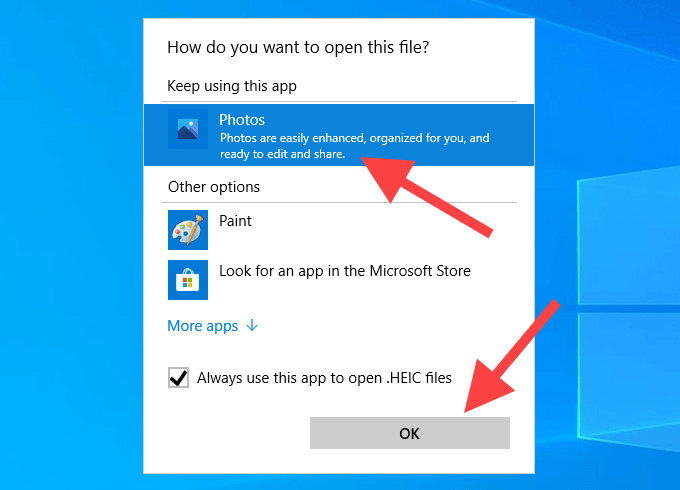
- #MICROSOFT APP TO OPEN FILES WINDOWS 10#
- #MICROSOFT APP TO OPEN FILES SOFTWARE#
- #MICROSOFT APP TO OPEN FILES PC#
- #MICROSOFT APP TO OPEN FILES DOWNLOAD#
- #MICROSOFT APP TO OPEN FILES WINDOWS#
#MICROSOFT APP TO OPEN FILES WINDOWS#
In the “Open:” box, type “Explorer,” click “OK,” and File Explorer will open.īy default, Windows stores File Explorer’s EXE file in the “Windows” folder on the C: drive. Press Windows+R to open the “Run” window. You can also launch File Explorer in the Run app. If you don’t have a microphone, you can just type “File Explorer” in the Cortana search box. Cortana will respond with “I’ll Open File Explorer,” and then do so. To do so, click the Cortana icon (the circle) in the taskbar.Ĭlick the Microphone icon, and then say, “Open File Explorer” (what you say will also appear on the screen).
#MICROSOFT APP TO OPEN FILES PC#
If your PC has a microphone, you can ask Cortana to open File Explorer. To access it, press Windows+X or right-click the Start button, and then click “File Explorer.” You can also open File Explorer from the Power User Menu.
#MICROSOFT APP TO OPEN FILES WINDOWS 10#
RELATED: 10 Ways to Customize the Windows 10 Start Menu From the Power User Menu To do so, open the Start menu, type “File Explorer” in the Search box, and then, in the pane that appears to the right of the search results, click “Pin to Start.”Īlternatively, if you pinned File Explorer to the sidebar of the Start menu, you can right-click the File Explorer icon, and then click “Pin to Start.”įile Explorer will now appear in the pinned tile section of the Start menu just click it to launch. You can also add a shortcut to the pinned tile section to the right of the Start menu. On the next screen, toggle-On the “File Explorer” option.įile Explorer will now appear in the sidebar of the Start menu click it to launch File Explorer. To do so, click Settings > Personalization > Start, and then click “Choose which folders appear on Start.” You can also pin File Explorer to the sidebar above the Start button. The first is to click the Start button, and then scroll down the list of apps and click “Windows System.” In the submenu, click “File Explorer” to open it.

There are three ways you can open File Explorer from the Start menu. In the Search box to the left of the Taskbar, just type “File Explorer,” and then click (or use the arrow keys to select) “File Explorer” in the search results to launch it. You can search for any application on your PC in Windows Search. You can open File Explorer by pressing Windows+E. You can then drag and drop it wherever you want it on the taskbar.Īlmost every keyboard on a Windows PC has a Windows key (it’s the one with the Windows icon). To do this, launch File Explorer, right-click its icon on the taskbar, and then select “Pin to Taskbar” to keep it there permanently. If you’ve removed the File Explorer icon from the taskbar, you can use one of the other methods below to launch it, and then re-pin it to the taskbar.

Therefore, this option is only recommended if you know that the recipient of the file does not have any of the newer Excel versions.Windows PCs come with certain apps preloaded on the taskbar, including File Explorer just click the File Explorer icon in the taskbar to open it. However, some functions of the XLSX file may not be available in the XLS file, or the formatting may look slightly different. This will allow all Excel versions published since 1997 to open the file. To do so, use the “Save as” option and select the “Excel 97-2003 Workbook (*.xls)” option under “File type”.

On the other hand, you can still save a file in the old XLS format in all new versions of Excel.

However, sometimes the content may not match the original exactly, especially in terms of the format.
#MICROSOFT APP TO OPEN FILES SOFTWARE#
For example, the open source software LibreOffice is compatible with Microsoft’s current file extensions. Programs from other publishers can also handle XLSX files. Microsoft itself offers a solution through Excel Online which you can use directly in your browser. However, you do not necessarily need to buy a new version of Excel to open XLSX files. That means it is no longer possible to open and work with the new format in older versions of Excel. The free-to-use Excel Viewer, which was used by many to open the new file format, is also no longer officially provided by the publisher.
#MICROSOFT APP TO OPEN FILES DOWNLOAD#
However, this download is no longer officially available. For older versions, such as Excel 2003, you used to be able to download a compatibility pack from the Microsoft homepage.


 0 kommentar(er)
0 kommentar(er)
